Over a hundred years’ worth of sports cars, racing cars… sports cars that are racing cars; Alfa Romeo has captured the beauty and excitement of automotive design and engineering.
But… in Australia, the famous Italian brand’s production car line-up currently consists of a sedan, and now, two SUVs.
The second SUV is this new Tonale, a compact five-seater designed to take on the likes of Audi’s Q3, the BMW X1, Lexus UX and Volvo XC40.
Has to be said, its larger Stelvio SUV stablemate hasn’t set the world on fire sales-wise. So, the question is, can this compact package more successfully sell the combination of Alfa Romeo emotion and SUV practicality?
Alfa Romeo Tonale 2023: TI Mhev
| Engine Type | Turbo 4, 1.5L |
|---|---|
| Fuel Type | |
| Fuel Efficiency | 5.6L/100km (combined) |
| Seating | 5 |
| Price From | $45,430 - $52,800 |
| Safety Rating |
|
Design – Is there anything interesting about its design?
Yes, there are heaps of sexy sedans in Alfa Romeo’s extensive back catalogue, the current Giulia is a beautiful four-door, and rumours of a new sports car are rife.
But right now, the fact remains, there’s not a racy Alfa coupe or convertible in sight.
Why? SUVs are where it’s at, and the Tonale is Alfa’s latest attempt to marry good looks and sporty dynamics with high-riding day-to-day utility.
.jpg)
Although these things are always subjective, I doubt I’m going out on a limb calling this car sleek and seductive.
Unmistakably Alfa Romeo, key features include the brand’s signature shield grille, slim multi-beam headlights and details like the offset front licence plate position.
The rear is similarly sophisticated, with slimline tail-lights echoing the front DRLs’ wave-like form while classically classy five-hole ‘Teledial’ wheels reinforce the Alfa personality.
.jpg)
The interior also leans into instantly recognisable brand elements, like the two-level dash, circular ventilation outlets and dramatic double-cowl instrument binnacle.
Details include a digital instrument display that can be configured to a heritage mode with old-school Alfa numerals, and the start button on the steering wheel is a nice touch.
The Tonale looks and feels driver-focused inside, with high-quality trim materials and hardware enhancing the cool vibe.
Price and features – Does it represent good value for the price? What features does it come with?
The Tonale is offered in two grades, the Ti at $49,990, before on-road costs, and the higher spec, but mechanically identical Veloce at $56,400.
That pits the Ti against Audi’s Q3 35TFSI ($50,600), the Lexus UX200 Luxury ($46,085) and the segment leading Volvo XC40 Plus B4 ($53,490).
And the included features list stacks up pretty well, including dual-zone climate control, LED Matrix headlights, LED tail-lights, LED DRLs, alloy pedal covers, ambient lighting, 18-inch alloys, adaptive cruise control, cloth and synthetic leather trim, digital radio, keyless entry and start, 12.3-inch digital instrument cluster, 10.25-inch multimedia touchscreen display (with voice recognition) and ‘Connected Services’ (through the ‘MyAlfa’ mobile app).
.jpg)
There’s also a power tailgate, rain-sensing wipers, a reversing camera, leather-trimmed sports steering wheel, six-speaker audio, wireless device charging as well as wireless Android Auto and Apple CarPlay.
Step up to the Veloce and it lines up with Audi’s Q3 40TFSI quattro ($58,400), the BMW X1 sDrive18i ($60,400), Lexus UX250h F Sport ($61,495), Mercedes-Benz GLA200 ($63,200) and the Volvo XC40 Ultimate B4 ($60,490).
The top-spec model adds 19-inch alloys, Brembo brakes, active cruise control, Alcantara and synthetic leather seats, a limited-slip diff as well as some additional safety tech we’ll get to shortly.
.jpg)
There are two option bundles, the Ti-only ‘Technology Pack’ ($2500) which primarily brings the Veloce’s extra safety gear to the entry model.
And the ‘Lusso Pack’ ($4500) that adds heated, ventilated and eight-way electrically adjustable front seats, a heated steering wheel, perforated black leather-accented seats (with dark grey contrast stitching) and 14-speaker 465-watt Harman Kardon audio.
Not bad at all in this part of the market.
.jpg)
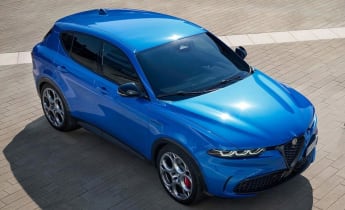
Practicality – How practical is its space and tech inside?
At just over four and half metres long the Tonale is a full five-seater but sits squarely within the small SUV footprint. Yet, there’s plenty of head and shoulder room up front (for me at 183cm tall), and lots of storage options.
Those include door pockets with room for bottles, two cupholders in the centre console, an oddments tray (otherwise known as the wireless device charging bay) in front of the shifter, a decent glove box and a medium-size lidded box between the seats which doubles as a front centre armrest.
Move to the rear and there’s surprisingly generous headroom, more than enough knee room and plenty of foot space. Realistically it’s best for two full-size adults, although three up-to-teenage kids will be fine.
.jpg)
Again, there’s a lot of storage, including door bins (with space for smaller bottles) and a fold-down centre armrest with a pair of cupholders built in. There are also map pockets on the back of the front seats and adjustable ventilation outlets at the rear of the front centre console.
Power and connectivity runs to USB-A and -C outlets in the front and rear, as well as a 12-volt socket on the front and another in the boot.
.jpg)
Speaking of which, the boot is generous, offering 500 litres of space with all seats up, growing to 1550 litres with the 60/40 split-folding rear lowered. There’s also a ski-port door for longer items when the back seats are in use (just make sure those things are securely tied down using the anchors provided).
A hands-free power tailgate is standard, the loading lip is low, and the spare is an 80km/h speed-limited tyre on a 17-inch rim.
Also worth noting you can hook up a braked trailer to the tune of 1500kg.
Under the bonnet – What are the key stats for its motor?
The Tonale is a mild hybrid, primarily powered by a 1.5-litre four-cylinder, turbo-petrol engine sending 118kW/240Nm to the front wheels via a seven-speed, dual-clutch auto transmission.
And it’s supported by a 48-volt propulsion system built around a 15kW/55Nm electric motor integrated into the transmission.
Which means that unlike a belt-driven system, it can send extra oomph directly to the drive wheels.
.jpg)
The motor enables pure electric driving and regenerative braking, while also powering the stop/start system and adding an extra boost of electric propulsion, in support of the petrol engine, when required.
Interestingly, diesel and lower powered petrol versions are offered in other markets, so we’ll wait and see if either is ultimately offered here. But we do know for sure that a plug-in hybrid is scheduled for local on-sale late this year.
Efficiency – What is its driving range? What is its charging time?
Alfa’s official fuel economy number for the Tonale on the combined cycle is an impressively thrifty 5.6L/100km, the 1.5-litre petrol engine emitting 130g/km of CO2 in the process.
On the 150km launch program we covered urban, B-road and some freeway running, returning an (indicated) average of 7.4L/100km. And that’s impressive, given there was some enthusiastic driving along the way.
Worth noting the 0.8kWh 48-volt lithium-ion battery weighs just 13.5kg and doesn’t impact boot space because it’s mounted under the central tunnel between the front seats.
The fuel tank requires 55 litres of 95 RON premium unleaded to fill it which translates to a theoretical range of close to 1000km, shrinking to around 740km based on our real-world number.
.jpg)
Driving – What's it like to drive?
Alfa says the Tonale will accelerate from 0-100km/h in 8.8 seconds, which is pretty handy. And it does feel sharp, due in no small part to the petrol engine delivering its maximum torque at 1500rpm, so you’ve got plenty of mid-range punch.
And then you’ve got the electric motor chipping in with even more pulling power if and when required.
The seven-speed dual-clutch auto is smooth in general driving although it can be reluctant and ‘shunty’ in slow-speed manoeuvres.
If you want to get more involved, slip over to manual mode and self-selected shifts are crisp and quick.
.jpg)
Worth noting the manual direction for the shifter is pulling back for higher ratios and pushing forward to move to a lower gear and I’m in the camp that says this is the ‘correct’ set-up.
Move to the Veloce and you’re presented with a pair of elegant alloy paddle shifters attached to the steering column (not the wheel) which further dials up the engagement factor.
The Tonale features Alfa’s three-mode ‘DNA’ drive system. ‘Dynamic’ which sharpens the steering, transmission and throttle response. ‘Natural’ is a balance between those dynamic attributes and efficiency and, as the name implies, ‘Advanced Efficiency’ is all about city traffic where you’re not worried about performance, you just want the electric motor to do as much of the work as possible.
It’s likely you’ll find yourself most of the time in Natural, but slip the DNA into D and it feels like you’re releasing the car. The throttle is so much sharper and on a sweeping B-road it’s an enjoyable mode to be in.
.jpg)
Suspension is by struts front and rear. And like any new model the Tonale was exhaustively tested in various locations in pre-production. But it’s worth noting, for two years it was tested in Australia, so the suspension calibration is well suited to local roads.
There are two set-ups. The Ti features ‘Frequency Selective Damping’ developed by long-time Alfa collaborator, Koni, with an extra valve coming into play if it senses high-frequency bumps are a problem and doing its best to smooth them out.
The Veloce picks up ‘Active Dual-Stage Valve Suspension’ with electronically controlled damping developed by another of Alfa’s favourite suppliers, Marelli. This time an ‘electro-actuated valve’ does a similar job but to a slightly finer degree.
In N and A mode the car rides well, although if you dial up the Veloce’s adaptive dampers you’re going to feel it. That said, in the Veloce, the combination of D mode with the suspension softened is pretty much perfect.
.jpg)
Handling-wise the car feels balanced and planted in corners. In fact, more like a sporty hatch than an SUV. The steering is accurate, road feel is good, and it’s responsive.
The steering ratio is quick, which means the car points into corners rapidly. But the flip-side of that is an 11.6m turning circle, which you’ll need to be aware of in the parking station.
The Tonale weighs around 1600kg and braking is well up to scratch with meaty discs all around, ventilated at the front (Ti - 330mm fr / 278mm rr - Veloce - 345mm fr / 305mm rr). And the Veloce is upgraded to Brembo calipers - four-piston fixed at the front and single piston at the rear.
But, arguably, the more interesting thing is the car features ‘braking-by-wire’, which blends the physical brakes with regenerative braking supplied by the electric motor.
.jpg)
Often the brake pedal in a regen braking car can feel doughy and unsure, but this one feels firm and progressive. You’d have no idea that regenerative braking is involved in the equation.
In terms of general refinement and ergonomics the grippy steering wheel is typically Alfa, with little perforated cut-outs for your thumbs, the screens are clear as crystal and the software in the multimedia display is intuitive and easy to progress through while the mix of physical and digital controls is sensible.
The front sports seats remain comfortable and supportive, even after lengthy stints behind the wheel and it’s worth pointing out the hybrid functionality allows silent start (always a neighbour-friendly feature) and up to around 15km/h, with a delicate throttle, you’ll remain in EV-only mode.
That said, the hybrid system also supports the stop-start and it can be a bit gruff and fractious, letting you know when its turning the engine back on. But it’s far from a deal-breaker.
.jpg)
Warranty & Safety Rating
Safety – What safety equipment is fitted? What is its safety rating?
The Tonale scored a maximum five-star ANCAP safety rating from testing in 2022.
The Ti’s active, crash-avoidance tech includes auto emergency braking (AEB) (operating from 5.0 to 150km/h), lane departure warning, lane-keeping assist, adaptive cruise, active high beam, traffic sign recognition, front and rear parking sensors and tyre pressure monitoring.
.jpg)
The Veloce adds blind-spot monitoring, Traffic Jam Assist, side parking sensors and a 360-degree camera view.
If a crash is unavoidable, there are six airbags onboard - front and side for the driver and front passenger, as well as full length curtains. No front centre bag, though, but an SOS call button is included
There are three top tethers and two ISOFIX anchor positions across the back row for locating baby capsules and child seats.
Ownership – What warranty is offered? What are its service intervals? What are its running costs?
The Tonale is covered by Alfa Romeo Australia’s five-year/unlimited km warranty, with 24-hour roadside assistance included for the duration, both of which are expected in this category.
Maintenance intervals are 12 months/15,000km, and the annual average service cost over the first five years is a hefty $695.
Worth noting Alfa has adopted NFT technology to create a ‘digital certificate’ for the Tonale, which keeps track of ownership and the car’s history, with things like service records stored securely to enhance resale value by assuring future buyers of the car’s provenance.
.jpg)
Verdict
Alfa Romeo’s Tonale is good value relative to the competition, looks bold and it’s an engaging drive. And it’s full of great design details. The big question is, does it have the badge pull to draw SUV buyers into an Alfa? Time will tell, but if it’s ever going to happen, this car has the core attributes to give it a red hot go.
Note: CarsGuide attended this event as a guest of the manufacturer, with travel, accommodation and meals provided.
Pricing Guides

Range and Specs
| Vehicle | Specs | Price* |
|---|---|---|
| TI Mhev | 1.5L, 7 SPEED AUTO DUAL CLUTCH | $45,430 - $52,800 |
| Veloce Mhev | 1.5L, 7 SPEED AUTO DUAL CLUTCH | $52,030 - $59,840 |
| Veloce Phev Q4 | 1.3L, 6 SPEED AUTOMATIC | $73,040 - $83,930 |


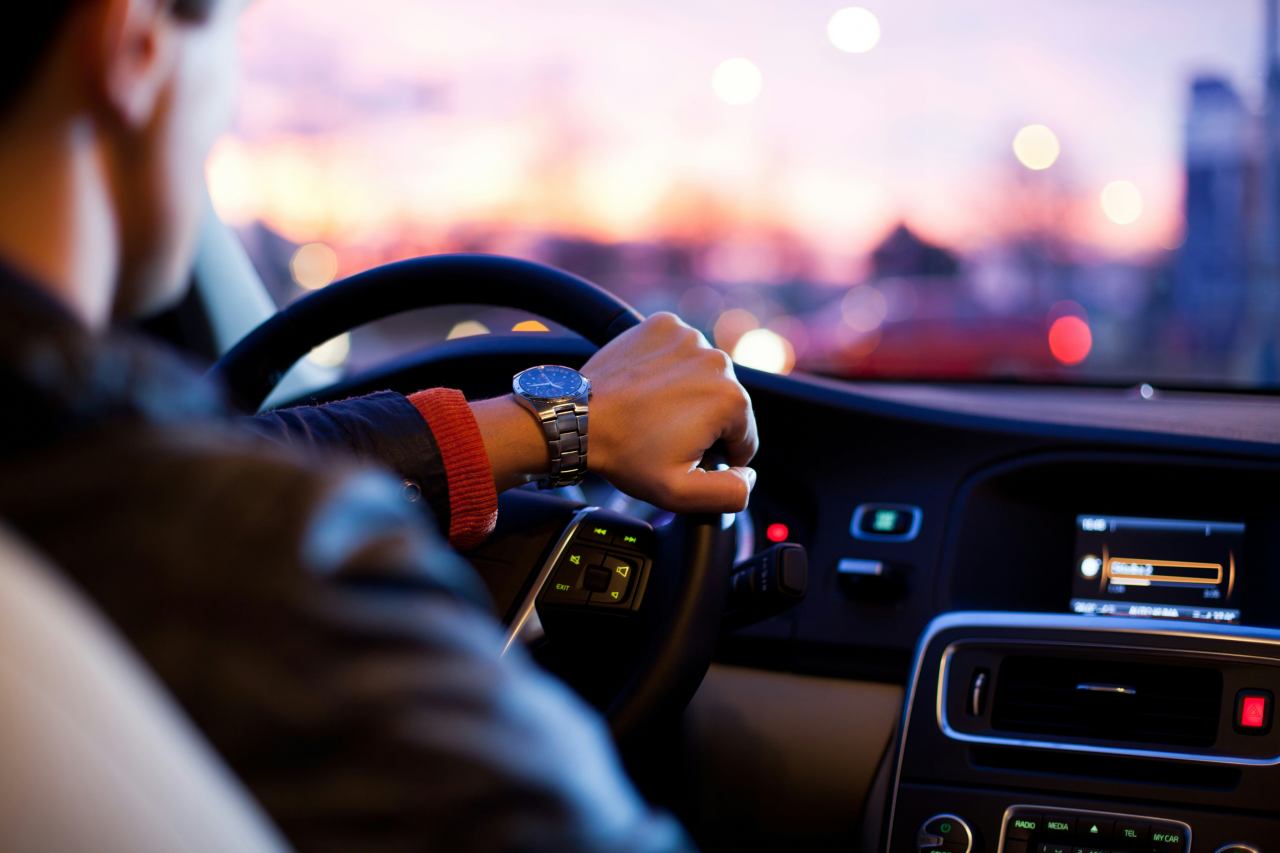

.jpg)
.jpg)
.jpg)
.jpg)









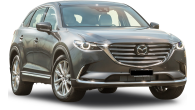








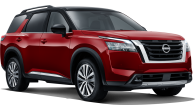

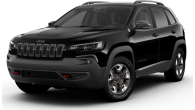





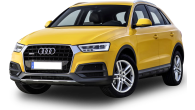











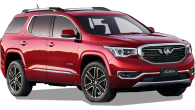
.png)

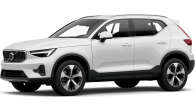


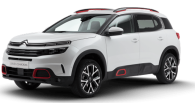



.png)


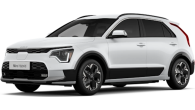
.jpg)
.jpg)
.jpg)


.jpg)
.jpg)
.jpg)




Comments